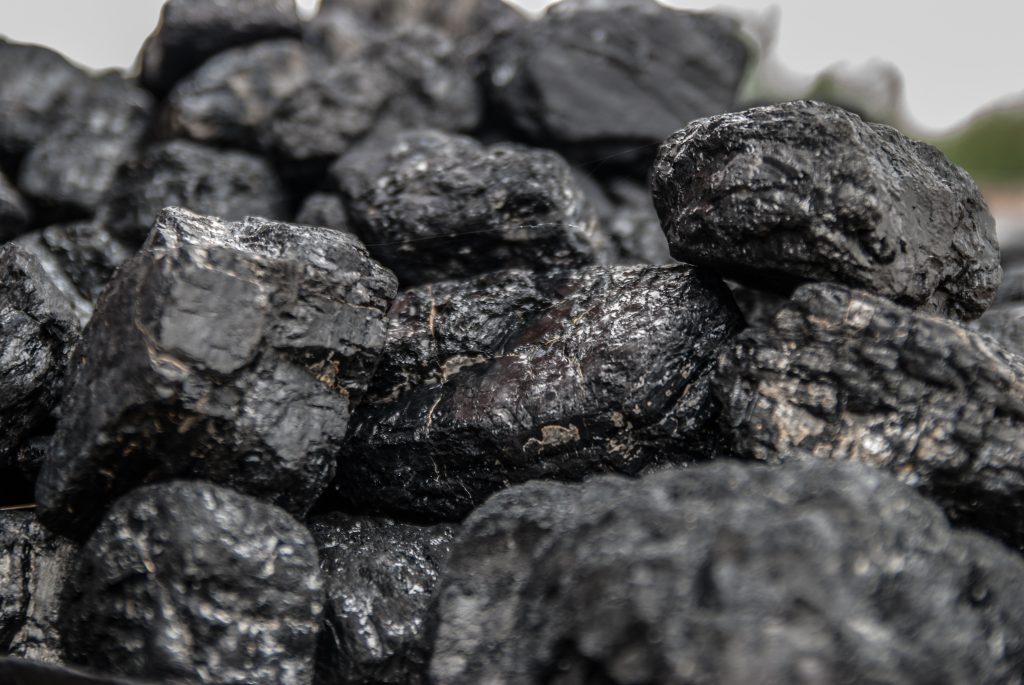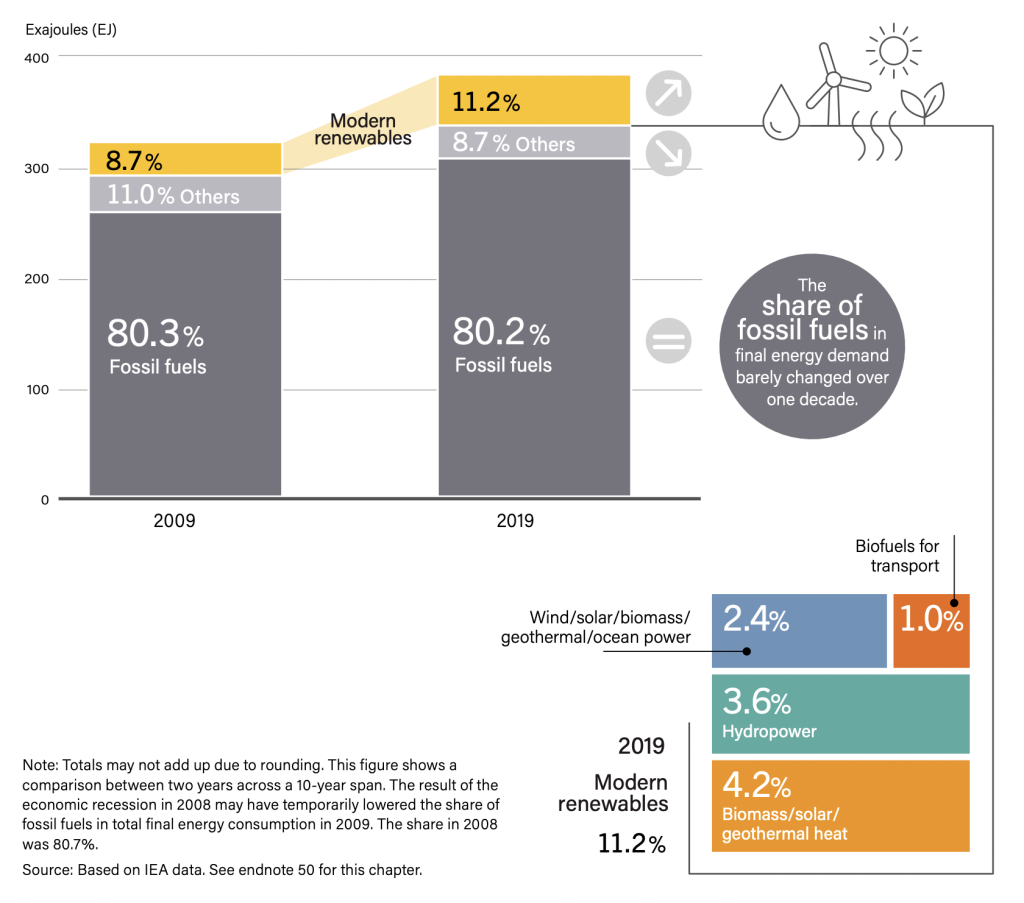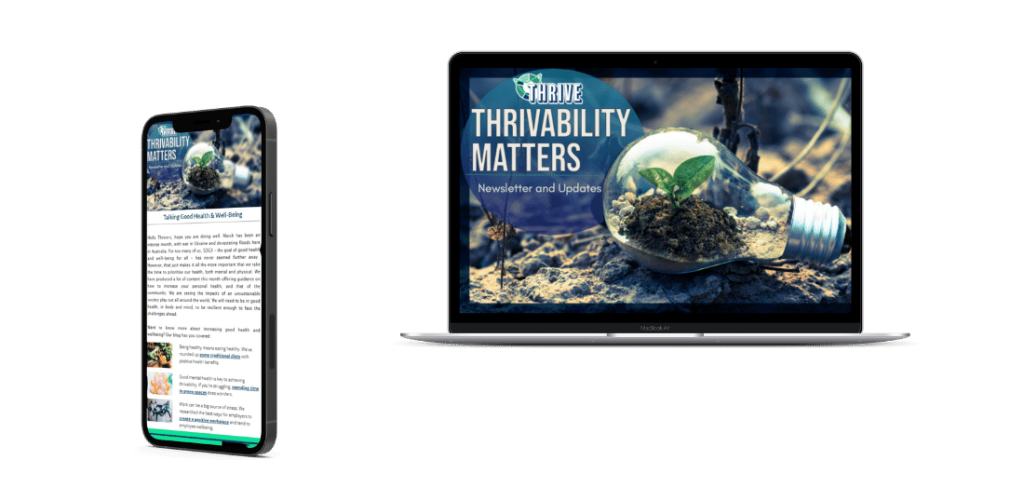In this day and age, climate change is garnering more and more attention. With it is a boom in innovative green technologies. To go carbon neutral is the most recently trending climate resilience strategy. As all sectors of society turn digital, a world without electricity is unimaginable. Yet, our need for energy is continually growing. Not to mention our increasing global population. This has led to the continual use of fossil fuel-based energy sources. Some of the challenges we face include the depletion of fossil fuel reserves, greenhouse gas emissions, and other environmental concerns. In addition, we must contend with geopolitical and military conflicts, and continual fuel price fluctuations. Therefore, a clean and reliable energy supply is critical in all economies. Whether it be for heating, lighting, industrial equipment, transportation, and many other purposes.

The Role of Coal From Past to Present
For decades, coal has been the most plentiful non-renewable source of energy. Coal-fired power plants provide on-demand, affordable, reliable, and constant power. Much of the world lacks access to modern, clean energy. To alleviate worldwide energy poverty, we turn to coal. Coal serves many industrial uses. Among the most significant are steel production and cement manufacturing. Coal and its by-products are also used to manufacture a variety of goods. This includes activated carbon used in filters for water and air purification systems. As well as carbon fibre in the construction of aeroplanes and automobiles.
The global distribution and availability of coal resources aided many countries’ economic progress. Coal can come directly through each country’s own resources. Or indirectly through the international coal trade. But coal also releases harmful greenhouse gasses, particularly CO2. This prompted improved options for carbon sequestration. Clean coal energy is one such option.
What is clean coal?
Clean coal is also often referred to as coal pollution mitigation. It refers to a set of procedures created to reduce the negative health and environmental effects of coal. Particularly air pollution from coal-fired power plants and coal used in heavy industry. In general, clean coal means the capture and storage of carbon emissions made from coal combustion.
How does clean coal energy work?
CARBON CAPTURE AND STORAGE TECHNOLOGY (CCS)
Coal plants typically use pulverized coal. This refers to ground up coal that is later burned. It is the steam from this burning process that then drives turbines. Another newer Integrated Gasification Combined Cycle (IGCC) technology is used. Here, gas goes through a combustion turbine to generate electricity. It then uses excess heat from that process to generate even more electricity.

In either method, there are multiple points at which Carbon Capture and Storage (CCS) technology could intervene. One such point is pre-combustion. At this stage, an air separation unit produces a stream of almost pure oxygen which flows into a coal gasifier. Gasifiers are tanks that produce synthetic gas mixtures known as syngas. The oxygen in this coal gasifier reacts with fuel to create syngas. It is made up of hydrogen, carbon monoxide, water, and CO2. CCS technology sends the syngas to a shift reactor where it encounters steam. That steam transforms the carbon monoxide into hydrogen and even more CO2. This CO2 is then captured from the gas stream, compressed, and dehydrated. It is now ready for transport and storage.
Transport and storage of CO2
In CCS technology, transport and storage refer to the moving of CO2. They do so through a pipeline kilometres below the earth. This keeps the CO2 stored rather than released into the atmosphere. Thus, preventing any contribution to climate change. Ideal spots for storing CO2 include old oil and gas fields which have already been dug into the earth. Any deep saline formation filled with porous rock and salty water also works. CO2 is also sent through ships to refineries in the ocean. The goal is for it to stay there for millions of years. Eventually, after all that time, it chemically binds with the surrounding rock. The technology can also be used post-combustion and with oxygen-based fuel. Post-combustion uses a solvent to bind with CO2 to drive it off into storage. Oxygen-based CCS burns away the CO2 in a boiler.
So, is coal energy clean?
The CCS has received praises for its work from both the Intergovernmental Panel on Climate Change and the International Energy Agency. It is true that CCS can effectively capture around 90% of the CO2 produced at power plants. Yet, some still point to the fact that coal has many pollutants. So much so that no singular technology can capture all of them. They target mercury, nitrogen oxide, and other poisonous contaminants. For coal plants could still produce them even if they are not releasing CO2. Hence, CCS offers a viable alternative to modern coal plants. Yes, the global fossil fuel demands are dropping steadily. However, the fact still remains. Every day the industry exists, is one day they could be polluting less.

In contrast, some researchers in the U.S. talk about achieving the SunShot target for solar photovoltaics using SWITCH technology. SWITCH is a high-resolution electricity system planning model. They show that it can provide more than a third of electric power by 2050. This reduces the need for nuclear and carbon capture and sequestration technologies. However, they still face technological and cost uncertainties. Still, their research does demonstrate that diverse technological options can help integrate high levels of solar generation successfully and cost-effectively.
Clean Coal vs. Renewable Energy
How cheap is carbon removal?
The current cost of carbon removal is around $900 – $1,000 per ton of CO2. At present, only one mega-scale project is commissioned. It is located in Iceland. It houses the world’s largest CCS plant that aims to capture about 4,000 tons of CO2 every year viz 0.036 Mt by 2030. Based on this, this means the world needs 50,000 such CCS plants by 2025 to achieve a one-Gt reduction. That is in addition to the new emissions likely to increase with post COVID-19 revival plans.
Moreover, the Carbon Pricing Leadership Coalition estimates that carbon prices will reach between $50 USD and $100 USD per metric ton by 2030. Achieving this goal would meet the Paris Agreement.
The cost of renewable energy
In 2019, about 11.2% of the energy consumed globally came from modern renewables. This includes biomass, geothermal, solar, hydro, wind, and biofuels. These methods powered heating, power, and transportation. The aforementioned figure is up from 8.7% a decade prior. By the end of 2020, renewables made up 29% of global electricity generation. Led by wind power and solar PV, more than 256 GW of capacity was added in 2020. This shows an increase of nearly 10% in renewable power capacity.
The U.S. state of Montana shows that energy from wind farms and hydroelectric dams is far less expensive than coal. This means that coal has become uneconomic as other forms of energy have dropped in price. In addition, the median wages in wind energy are 34% higher than those in coal mining. These numbers are comparable to those in the fossil fuel business! Coal is also costing ratepayers more in terms of operations, maintenance, and cleanup.
Incentives for renewable energy over coal
Another research proposes a model that ranks electric power plants. Specifically plants using wind, solar, geothermal, biomass, and hydropower (i.e. renewable sources). As well as nuclear, oil, natural gas, and coal plants. The ranking uses four criteria: financial, technical, environmental, and socio-economic-political. Results indicate that wind, solar, hydropower, and geothermal provide significantly more overall benefits than the rest. The only non-renewable sources that appear in three of the 20 top rank positions are gas and oil. Thus, financial incentives for solar, wind, hydropower, and geothermal are sound. Conversely, subsidies for non-renewable sources could be diminished. The research goes on to project ideas for the future. It recommends research on exploring a full range of sensitivity analyses. This can help determine the optimal mix of renewable and non-renewable technologies for the energy system.

ESTIMATED RENEWABLE SHARE OF TOTAL FINAL ENERGY CONSUMPTION 2009 AND 2019.
- Renewable energy is the fastest growing energy source in the United States, with a 42% increase from 2010 to 2020 (up 90% from 2000 to 2020).
- Renewables made up of nearly 20% of utility-scale U.S. electricity generation in 2020. With the bulk coming from hydropower (7.3%) and wind power (8.4%).
- In 2020, solar energy made up 3.3% of total power generation in the United States. It is the fastest growing electricity source.
- Globally, renewables made up 29% of electricity generation in 2020. With the maximum coming from hydropower (16.8%).
- A record amount of over 256 GW of renewable power capacity was added globally during 2020.
- Renewable ethanol and biodiesel transportation fuels made up more than 17% of total U.S. renewable energy consumption in 2020. This is a decrease from recent years, likely due to the COVID-19 pandemic.
Obstacles in the progress of the renewable energy sector
- There is a slow increase in the share of renewables in total final energy consumption.
- Inadequate innovations in some sectors.
- A need for infrastructure development.
- Unaffordable prices in some markets.
- The absence of sufficient policies. Not to mention the lack of enforcement of these policies.
- Ongoing support for fossil fuels.
Clean energy alternatives to coal
To supplement a carbon price, international energy experts propose a package of policies. They suggest increasing energy efficiency, switching to low-carbon fuels (such as from coal to gas), and increasing renewable energy. Not to mention the act of removing carbon through planting trees and changing some agricultural practices. Still, a number of clean energy alternatives to coal are available. Here is a list of the five most used sources of energy:

- Solar Energy: Solar energy will be the largest renewable electricity source by 2040. With a production of 25.1% of global power already, this is very likely. Coal plants could even be replaced by about 8 GW of photovoltaics. This is so if accompanied by a modest increase in the already existing hydro pump capacity. Doing so will increase the renewable electricity share to 77%. While decreasing carbon footprint by 56%.
- Wind Energy: Wind is the second largest renewable energy source worldwide. Wind power produced more than 6% of global electricity in 2020 with 743 GW of global capacity (707.4 GW is onshore).
- Hydropower: Large hydropower projects currently provide the majority of renewable electric power worldwide. It has about 1,170 GW of global capacity. In 2020, hydropower produced an estimated 4,370 TerraWatt Hours. This figure is of the roughly 26,000 TWh total global electricity.
- Biomass Energy: Agriculture has considerable potential to generate biomass for energy. It also has significant potential for GHG emission reductions. However, the mix of policy and market incentives would have a large impact on the type of bioenergy produced.
- Geothermal Energy: Geothermal gradient is found about 30°C/km below the earth’s surface. Heat is drawn to the surface from these underground reservoirs. The obtained fluids of various temperatures are then used to generate electricity. It is used for other purposes as well.
What’s happening around the world to promote clean energy sources?
The United Nation’s SDG 7 centres around energy. It focuses on affordable, reliable, sustainable, and modern energy for all by 2030. The goal also suggests quick action plans to reach this target. Carbon Tax and subsidized sources of clean energy are some of these plans. As well as coal retirement mechanism and switching energy providers. Energy-related education programs for the public can also prove effective. Such as the Future Earth program scheduled from 2016 to 2025. The International Panel on Climate Change is also working towards a 2030 target. They aim for the rapid fall of coal-fired electricity global use from 38% to 9%. From this, they go on to predict a 0.6% fall by 2050.
With all this information, one question still stands. Will clean technology be enough to address climate change? It is certainly proving to do so. Yet, there is still much to do together to survive and sustain! To learn and know more about sustainable energy, visit the THRIVE Project. Let’s work together for a clean and thrivable future.

